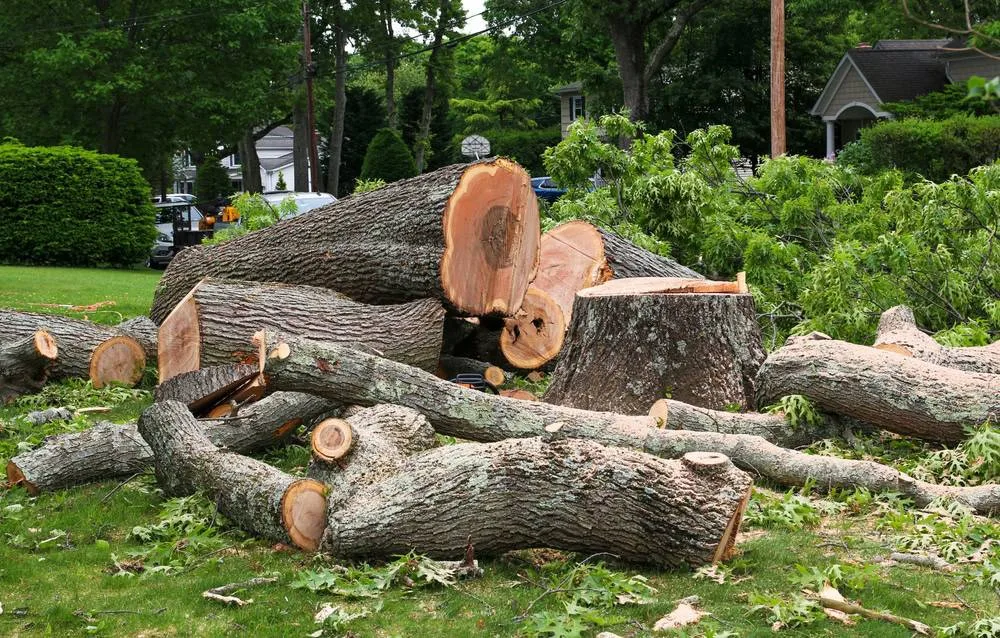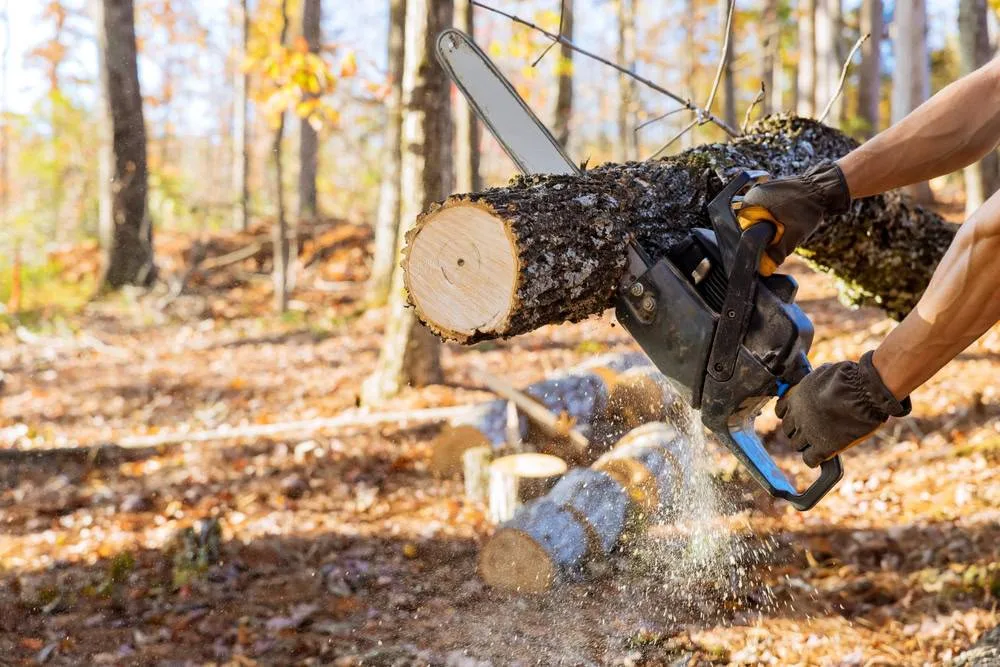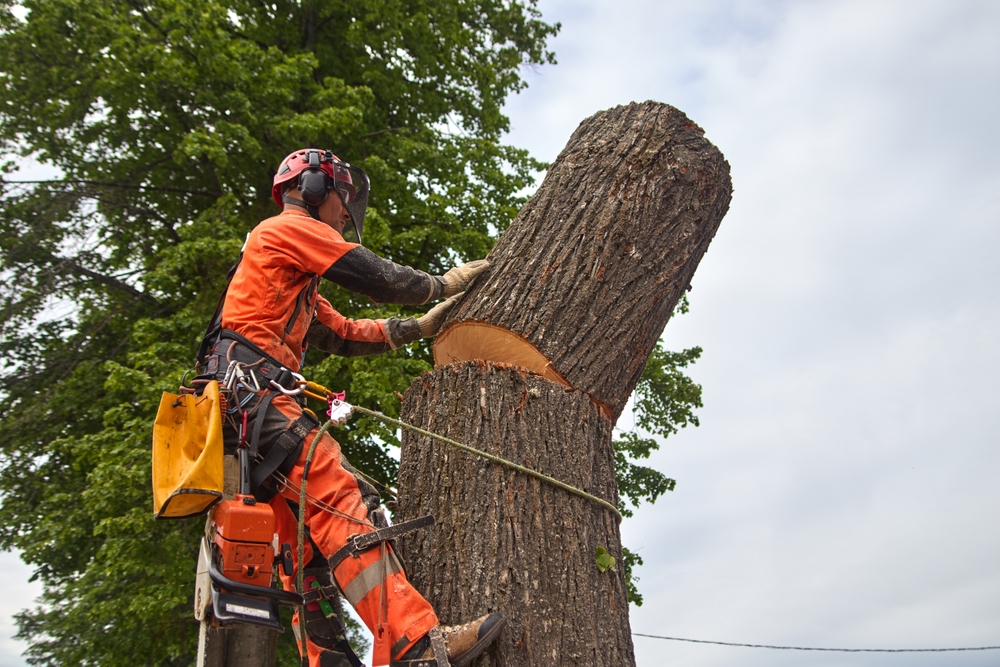Tree Removal in Floral Park, NY
Safe Tree Removal Done Right
Professional tree removal that protects your property and gives you peace of mind.

Hear from Our Customers

Professional Tree Service Floral Park
You know that tree needs to come down. Maybe it’s leaning toward your house after the last storm, or you’ve noticed dead branches that could fall anytime. Maybe it’s blocking sunlight or growing too close to power lines.
When you work with experienced arborists, you get more than just tree cutting. You get a property that’s safer, more attractive, and protected from future damage. No more checking the weather forecast and wondering if tonight’s the night that tree comes down on its own.
The right tree removal means your insurance stays intact, your neighbors stay happy, and you can actually enjoy your yard again instead of worrying about what might happen.
Floral Park Tree Company
Green Light Tree Services has been handling tree removal throughout Floral Park and the surrounding Nassau County area for years. We understand the mature oaks, maples, and pines common to Long Island properties, and how they respond to our seasonal weather patterns.
Every crew member is trained in proper tree removal techniques and safety protocols. We maintain full insurance coverage and licensing, so you’re protected throughout the entire process.
When you’re dealing with a potentially dangerous tree situation, you want people who’ve seen it all before and know exactly how to handle it safely.

Tree Removal Process Floral Park
First, a certified arborist comes out to assess your tree and the surrounding area. We’ll look at the tree’s health, lean, proximity to structures, and the safest removal approach. You’ll get a clear explanation of the process and upfront pricing.
On removal day, our crew arrives with professional equipment and sets up safety barriers. For larger trees, we remove branches in sections, working from top to bottom to control where everything falls. Smaller trees might come down in one piece if space allows.
After the tree is down, we cut it into manageable pieces and remove all debris from your property. If you want the stump gone too, we can grind it below ground level and fill the area with wood chips. You’re left with a clean site, ready for whatever you want to do with the space.

Ready to get started?
Emergency Tree Service Floral Park
Every tree removal includes a professional assessment, safe removal using proper equipment, and complete cleanup of all debris. We handle everything from small ornamental trees to large mature specimens that require specialized rigging techniques.
Emergency tree service is available when storms damage trees or create immediate hazards. We can respond quickly to remove trees from roofs, driveways, or power lines, working with utility companies when necessary.
Stump grinding is available as an add-on service. Most customers choose this option because it eliminates the tripping hazard and lets them replant or use the space immediately. We grind stumps several inches below ground level so you can lay sod or plant right over the area.
